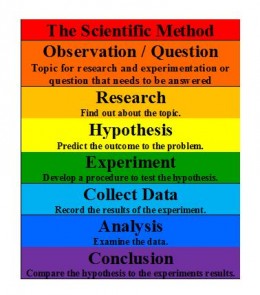
By Diana Wolf, MA, BCBA, and Nick Chappell, MS, BCBA, Verbal Beginnings
Guest post reprinted with permission from pathfindersforautism.org/resources/articles
Have you ever been in a situation where no matter how many times you’ve told him to clean his room, he doesn’t listen? You have to repeat yourself so many times you eventually get tired of hearing yourself talk. Or are you stuck in the house and have to wait until someone stays with your child so you can get some grocery shopping done? You know that a trip to the grocery store with him will mean a public embarrassment to you, as he grabs everything in sight and throws a tantrum if he doesn’t get what he wants.
No matter how intense or mild the challenging behavior, it’s a challenge to make it go away. However, with the help of a professional and the steps below, it’s not an impossible task to accomplish.
Step 1: Identify the challenging behavior
A challenging behavior is anything that someone does that significantly interferes with his or her daily routine. It is also an action that may pose harm to self or others. To identify the behavior pinpoint specifically what it is that makes a routine difficult. Do you stay home because going out in the community causes tantrums? Are you afraid of aggressive behavior when you end a fun activity? Once you identify the problem, it’s time to find out why it’s happening.










